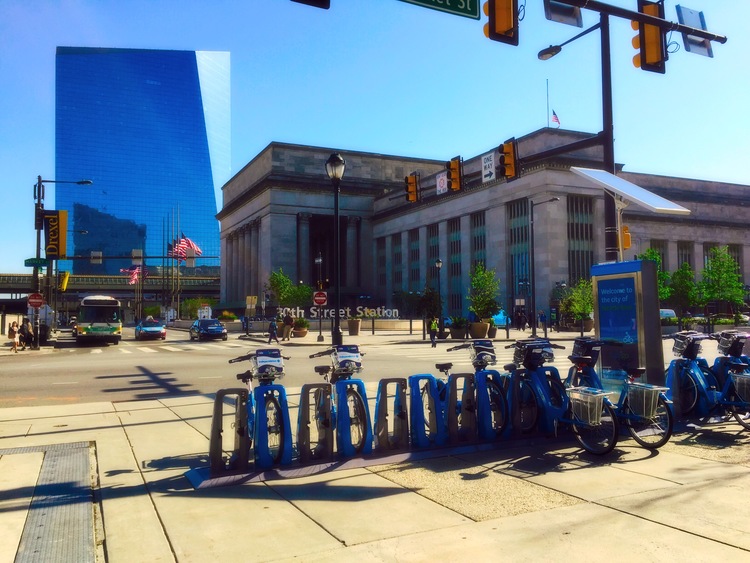 Communities
Communities Transportation
Transportation Economy
Economy Regional Planning
Regional Planning
Seamless connections that enable easy transfer between modes are critical to promoting transit, biking, and walking, and to achieving a more sustainable future. Creating multimodal transportation hubs that combine a transit station with carsharing, bikesharing, and Transportation Network Company (TNC) and taxi pick-up and drop-off areas can enhance connections. Pick-up and drop-off areas are more important to accessing the final destination than parking lots. Non-motorized modes, such as bikes, electric scooters, and walking, require secure bike parking and direct access to safe networks of sidewalks and bike lanes.
Real-time routing information and digital payment are quickly becoming the expectation for transportation consumers, even with regard to public transit. Local governments may wish to work with the private sector to improve access to real-time information for both transit and road users, improve connections between modes, and integrate paratransit with new mobility options. Concierge or phone services, where someone is available to help book a ride for an individual without the use of an app, can help to increase accessibility for those who do not have ready access to computers and the internet.
